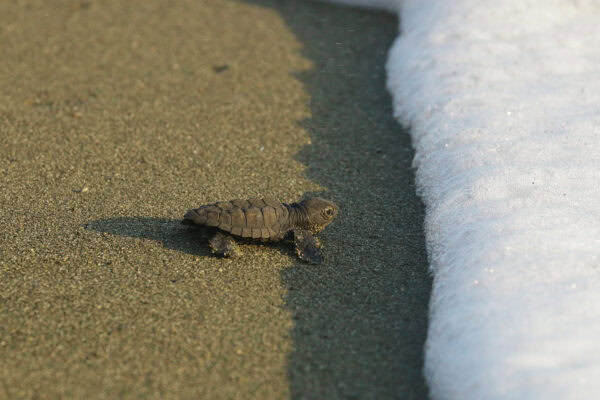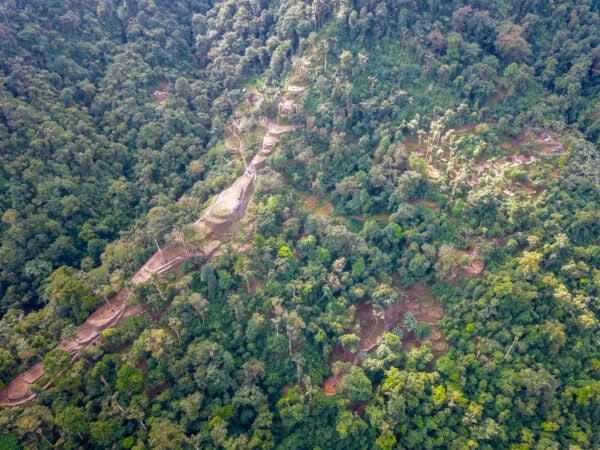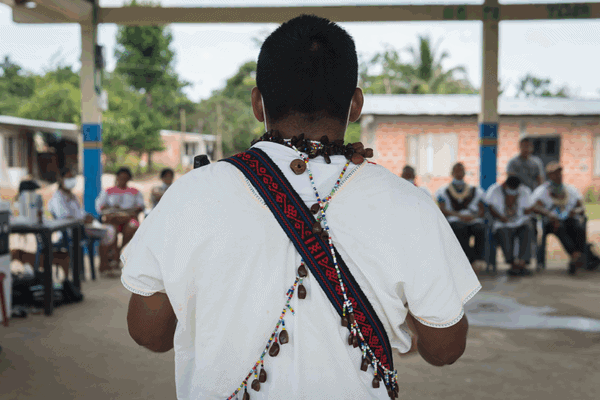In indigenous lands along the Caquetá River, a deforestation threat
On the shores of the Caquetá River, among tall Amazonian palms and fast flowing waters brown with silt, are three indigenous reserves– Huitorá, Coropoyá and Jericó Consaya. These reserves are home to 138 families of the Murui Muina and Korebajʉ people, who have long assumed responsibility for caring for the life within their biodiverse territory.

The Huitorá elder Julio Garay reflects on the land that his people, the Murui Muina, call home:
“For my people, the territory represents life. There is everything that is part of us: the food, the air, the oxygen, all the animals, the fish. For us, it is like mother earth—it is where the essence of life comes from. That is why the preservation of the territory is very important, for today, and for thousands of years.”
But in the past few decades, deforestation from new pasturelands and agricultural fields cultivated by land colonizers has threatened the biodiverse Amazonian humid tropical forests that once extensively covered the region, and which are essential for the families that live from this rich territory. From a satellite view of forest cover, the indigenous reserves are among the last remaining islands of intact and connected forestland. Jaguars, tapirs and other wildlife from degraded forests to the north of the three reserves are protected by the reserve territory, fleeing the rapid deforestation caused by new agricultural fields and pasturelands cultivated by land colonizers.

More than three thousand plant and animal species are estimated to live within three reserves—more species than are found in all of Germany. At least 12 endangered fauna species live within the reserves and many more are important for regional conservation. Among these are giant anteaters and three endangered primates–the Miller’s saki, the white-bellied spider monkey, and the woolly monkey.
The chieftain Yuber Alvarez, a traditional authority from Coropoyá, highlights the need to preserve the cultural identity of the Murui Muina:
“Today, we must continue to maintain our tradition and our culture, and strengthen our mother tongue, our traditional dances and our artisanship, so that we cannot say that we have lost them.”
-The chieftain Yuber Alvarez
Three reserves expanded, shielding intact forests
On February 14, 2023, in the face of deforestation destroying the biodiversity of the lower Caquetá River region and dealing a blow to the vision of the 138 Korebajʉ and Murui Muina families of strengthening their cultural, organizational, livelihood and conservation processes, Colombia’s National Land Agency, with the support of the Amazon Conservation Team (ACT) and the Andes Amazon Fund, formalized the expansions of the indigenous reserves of Huitorá, Coropoyá and Jericó Consaya by a total of 279,772 acres. This sum is an area nearly 20 times the size of Manhattan, representing significant conservation gains.

The areas of expansion constitute an important barrier, shielding intact forests within the reserves from rapidly encroaching deforestation. They consolidate a bio-cultural conservation corridor, helping to protect and restore ecosystem continuity and to promote sustainable management of forests that extend from the lowlands of the Caquetá River, into areas neighboring the Serranía de Chiribiquete and La Paya National Parks.
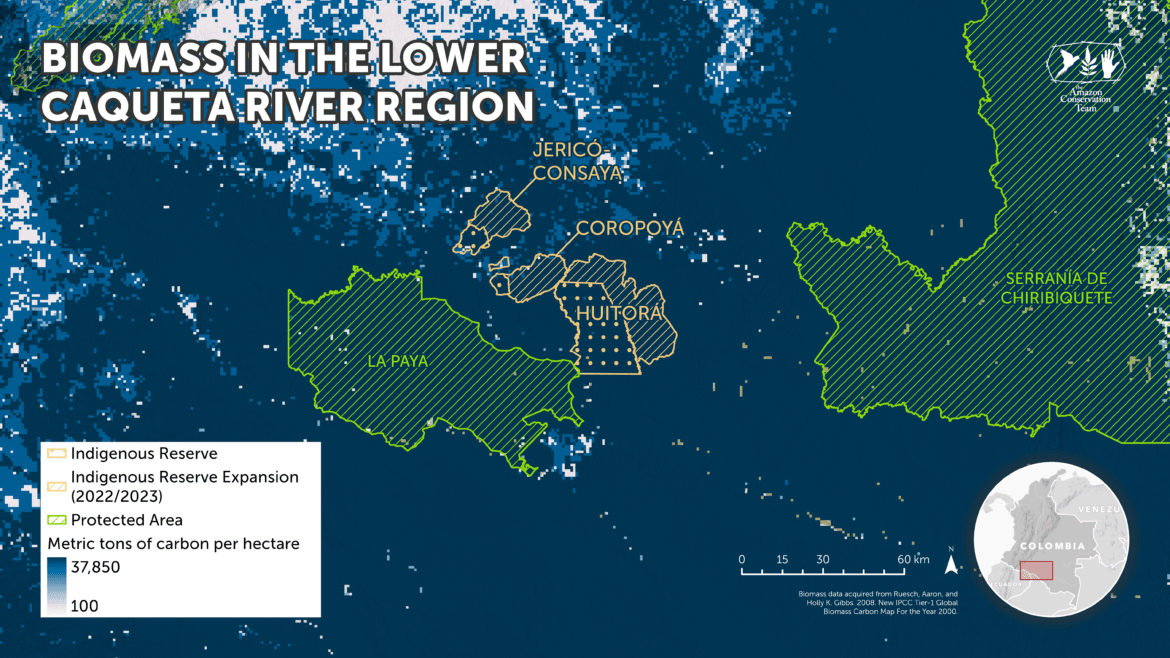
Duvan Valencia Moreno, a Korebajʉ coordinator of the Jericó Consaya reserve association, expresses the joy of the Korebajʉ families of Jericó Consaya who for many years made requests for the expansion:
“Today we are very grateful to the different partnering organizations that have assisted us, because they make this dream of our reserve possible.”
Moreno adds:
“The territory is our Mother Earth, the one that supplies us with everything: food, our ancestral medicine, each stick, and each tree. Each means a lot to us and is very valuable; that is why we have to provide it with sound management, while thinking about the future.”
Benefits to the Korebajʉ and Murui Muina peoples
For more than two decades, our team has worked in the lower Caquetá River region, hand in hand with local communities. Since 2020, we have guided and assisted the expansion processes of the indigenous reserves of Jericó Consaya, Huitorá and Coropoyá, all established between 1970 and 1990.
The Korebajʉ peoples are based in the Jericó Consaya reserve, where the reserve expansion benefits 84 Korebajʉ families. This reserve’s expansion by 59,985 acres nearly triples its original area.
The Murui Muina peoples are based in the Huitorá and Coropoyá reserves, where the indigenous reserve expansions benefit 54 Murui Muina families. The Huitorá reserve’s expansion by 159,015 acres nearly doubles its original area, while Coropoyá reserve’s expansion by 60,773 acres more than quadruples its original area.
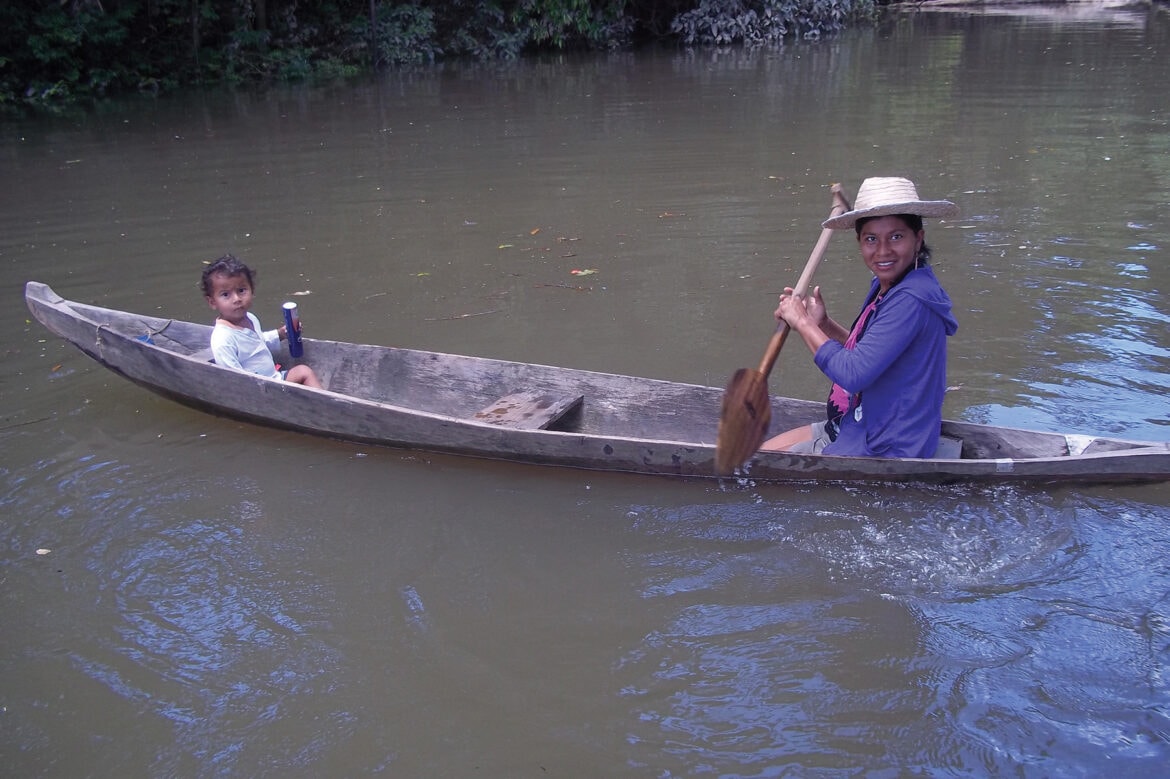
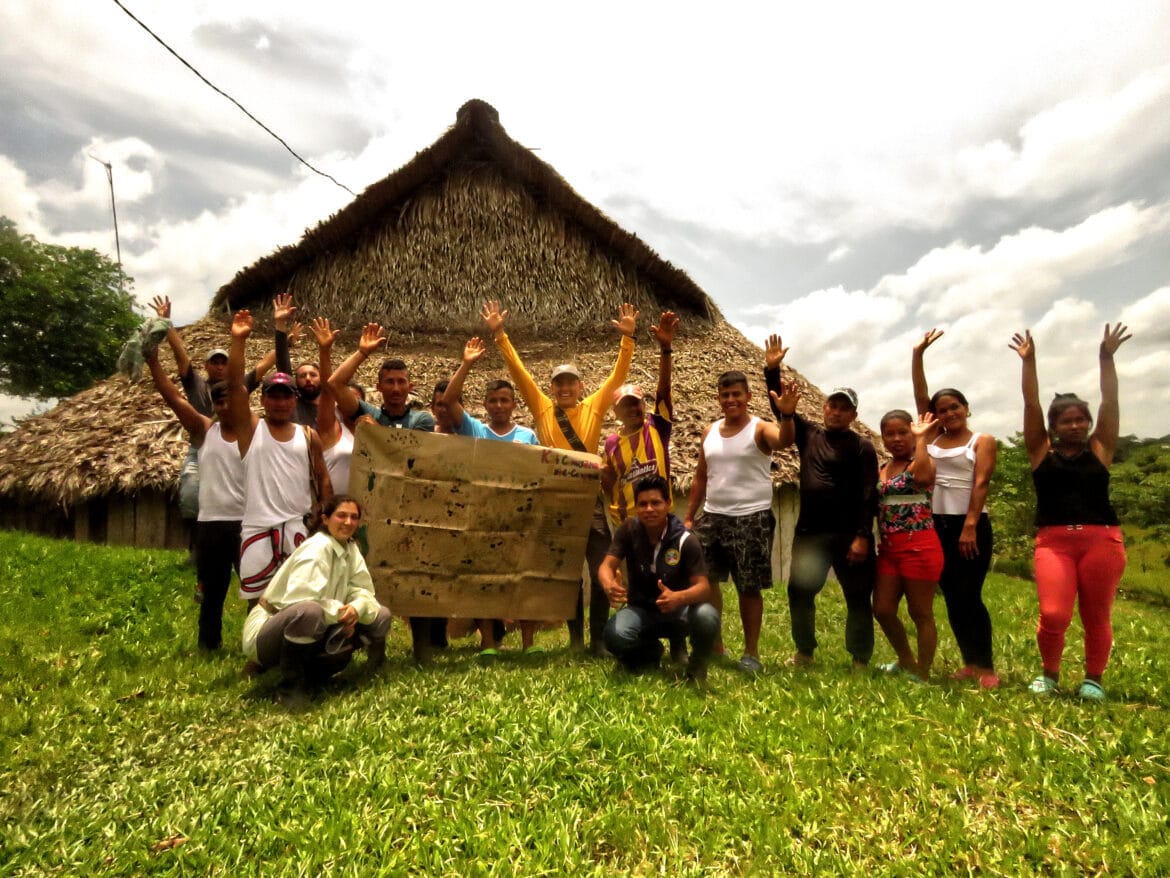
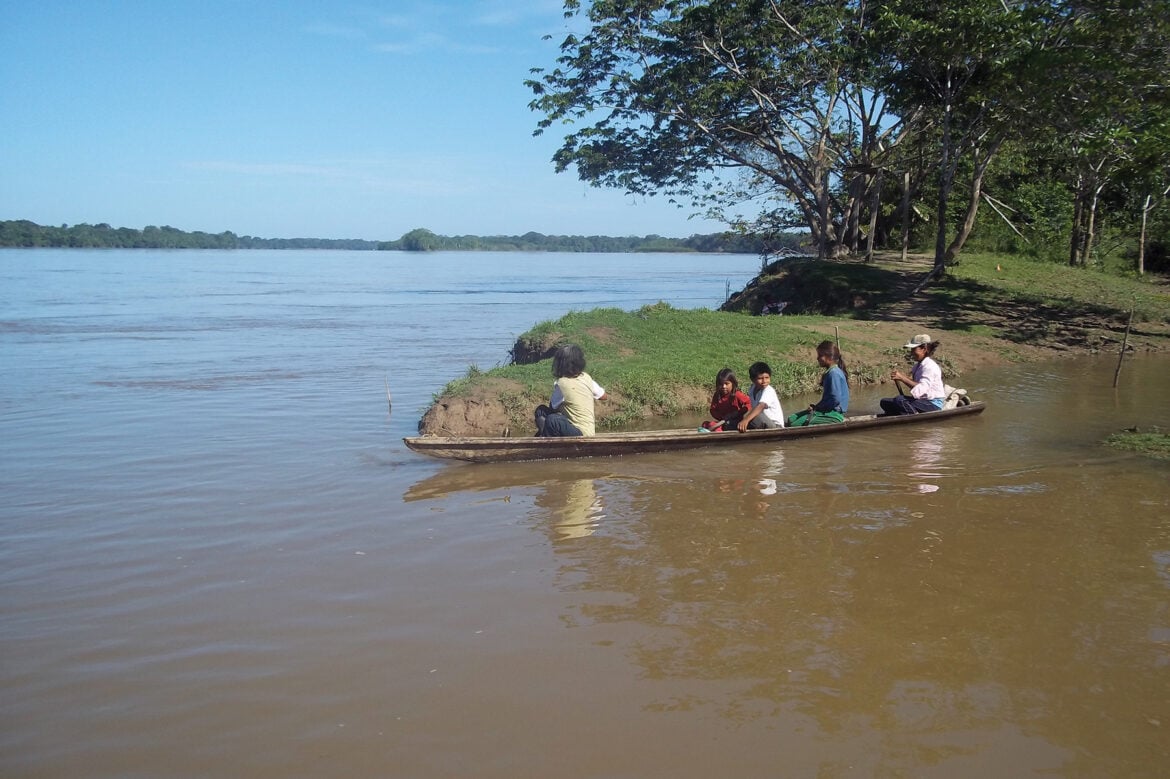
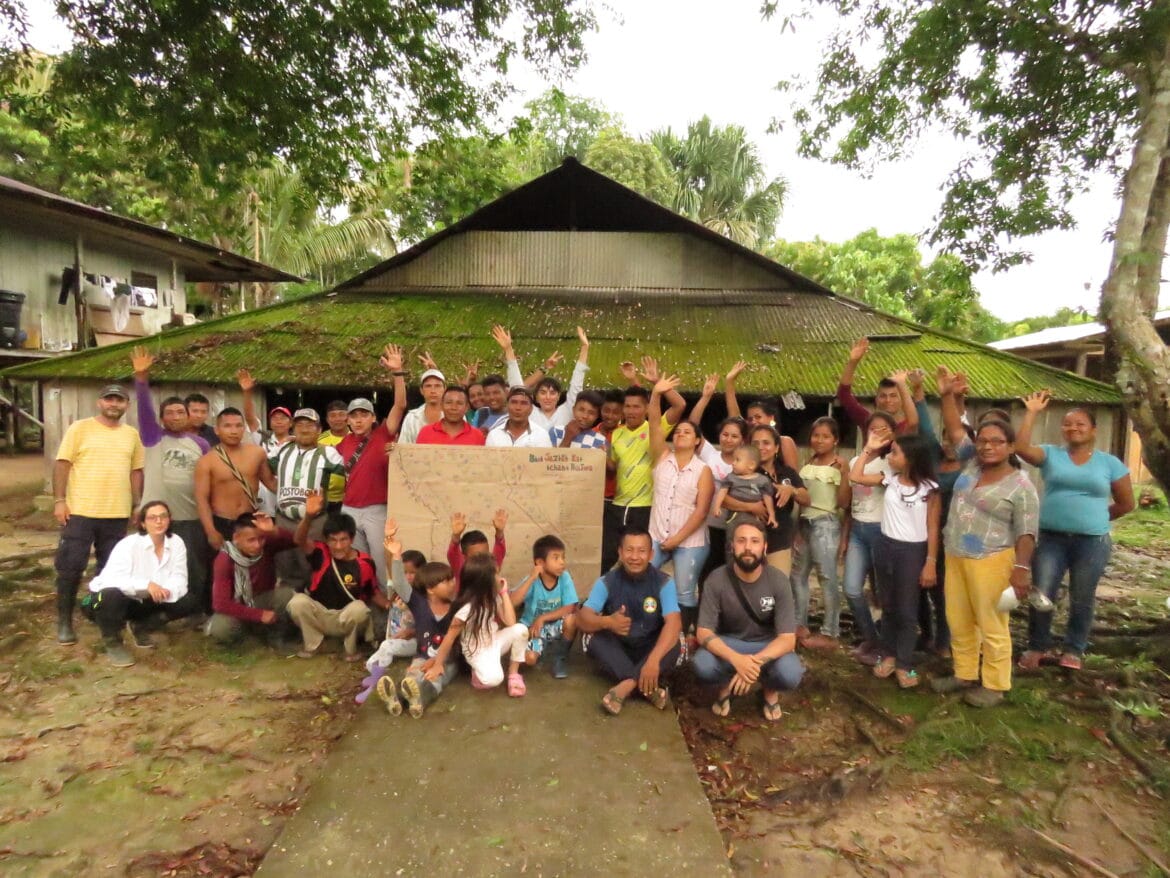
We have assumed responsibility for guiding and assisting these communities in the legal and technical expansion processes established in Colombian Decree 1071, within a joint effort with the Colombian National Land Agency. This process is essential because it is the medium through which the indigenous worldview of the territory can be translated into a Western framework. Carrying out this translation means that, from the Western perspective, not only are territorial rights safeguarded, but there is now also an understanding of and a precedent for how indigenous peoples understand their own territory—what they want it for, and how they manage it.
These expansions add to more than 2.6 million acres of land legally assigned to Colombian indigenous communities with our guidance and assistance, as part of our commitment to support the ethnic communities of the country in the defense of their territorial rights, in order to protect the forests where they live.
Duvan Valencia Moreno expresses the importance of the expansions for the well-being of all members of the Korebajʉ community:
“That is why this great achievement is the dream of every one of our children who is growing up today and will still be able to know life as it is for us, our customs. They will continue to watch the dance, to sing, to fish, and to exist in their territory.”
We thank the Andes Amazon Fund (AAF) for their support in realizing these remarkable expansions.
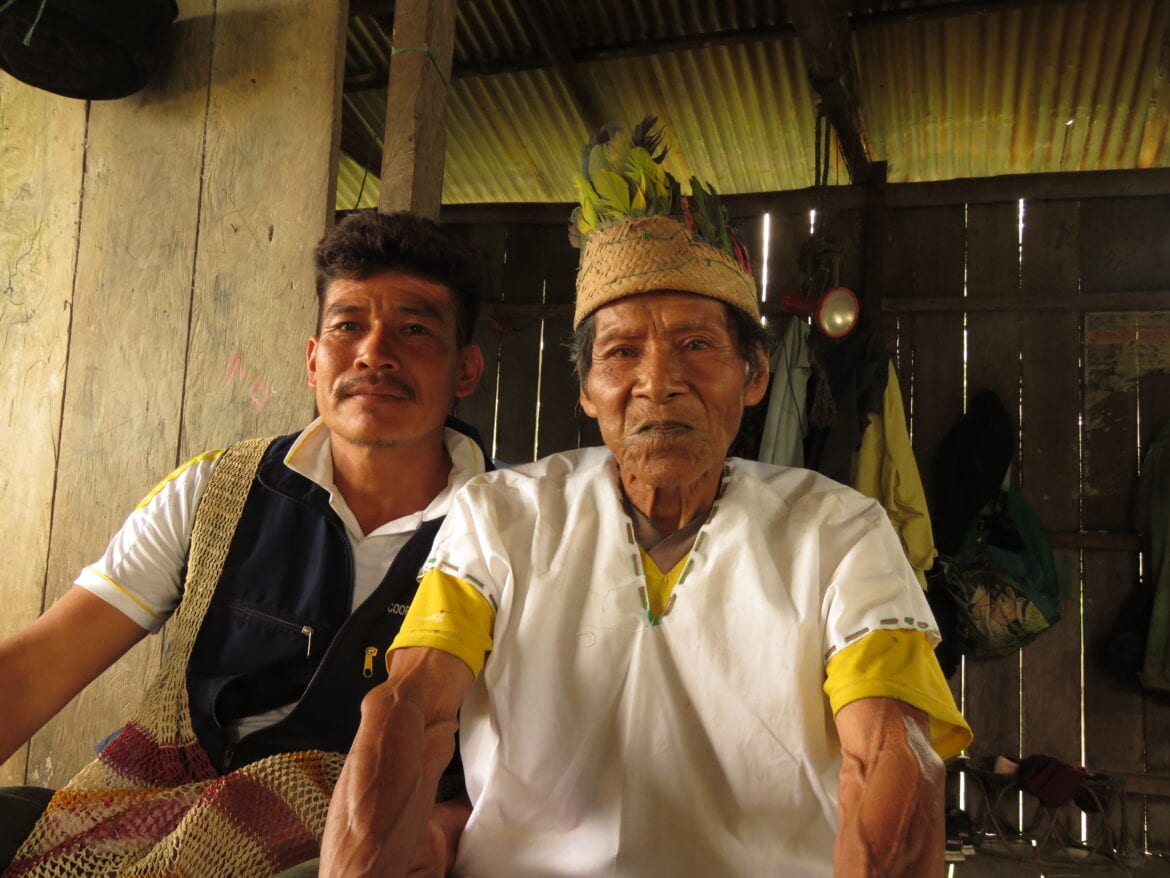
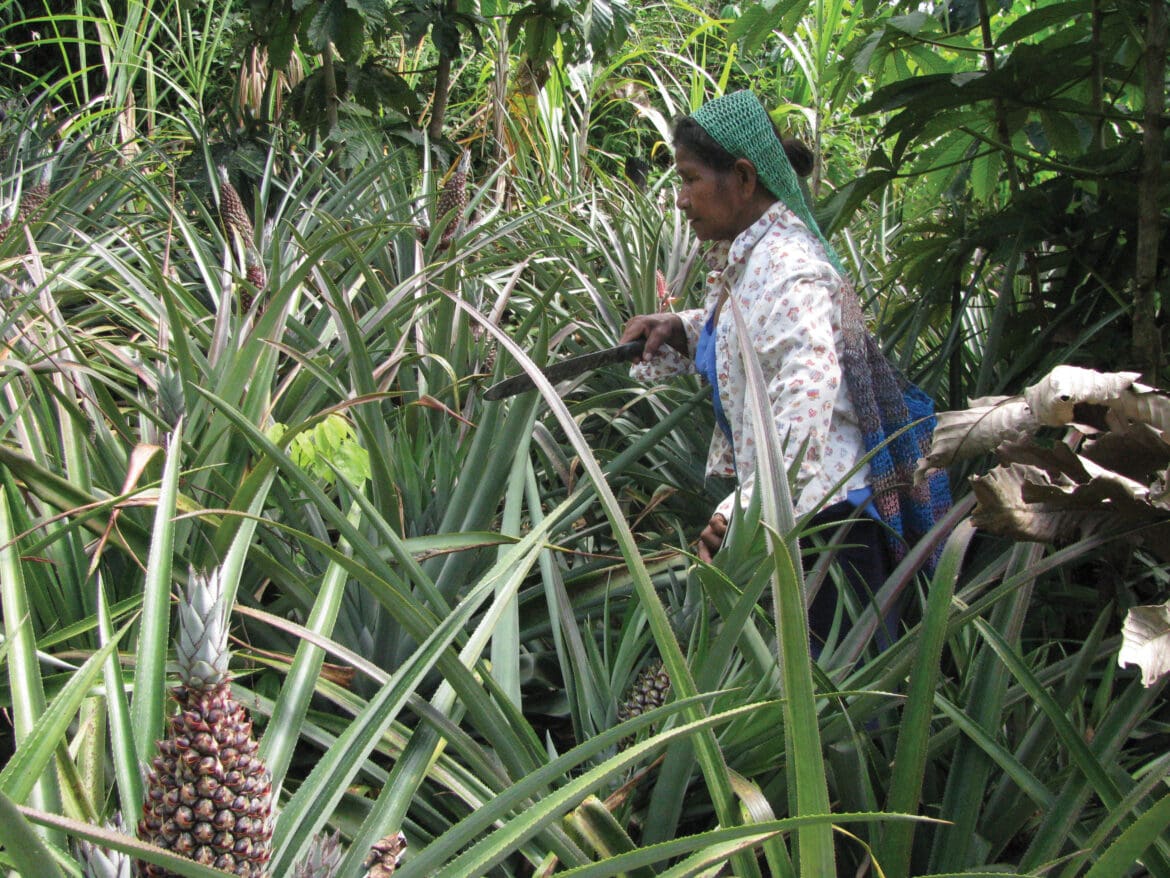
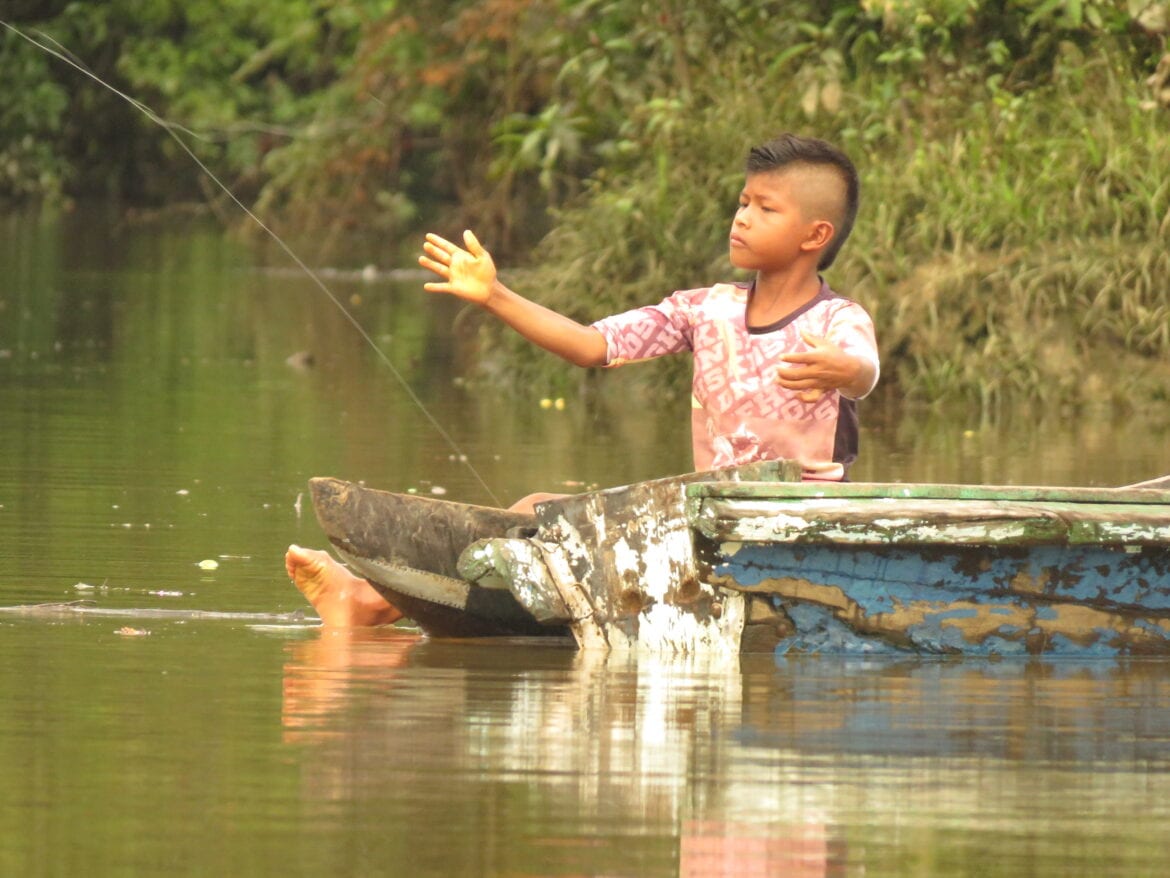
Share this post
Bring awareness to our projects and mission by sharing this post with your friends.


